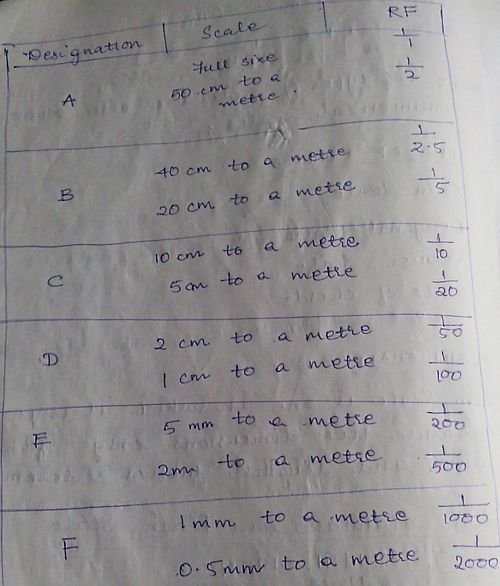Types of Scales | Engineering Surveying
In the previous article, we discussed briefly on the topic of “Scales in Surveying” where we came across an important term “Representative factor” which forms an important part in understanding the scales in Surveying.
In this article, we will discuss different types of scales used in Surveying…
The scales are classified into four categories:
- Plain Scale
- Diagonal Scale
- Vernier Scale
- Scale of chords
Lets go on with the discussion of types of scales briefly for our better understanding…
Plain Scale
Plain Scale is one on which it is possible to measure two dimensions only. For example, measurements such as units and lengths, metres and decimetres etc.

Six different plain scales in metric used by engineers, Architects and Surveyors.
Diagonal Scale
On diagonal scale, it is possible to measure three dimensions such as metres, decimetres and centimetres, units , tens and hundreds; yards, feet and inches etc.
A short length is divided into number of parts using the principle of similar triangle in which sides are proportional.
